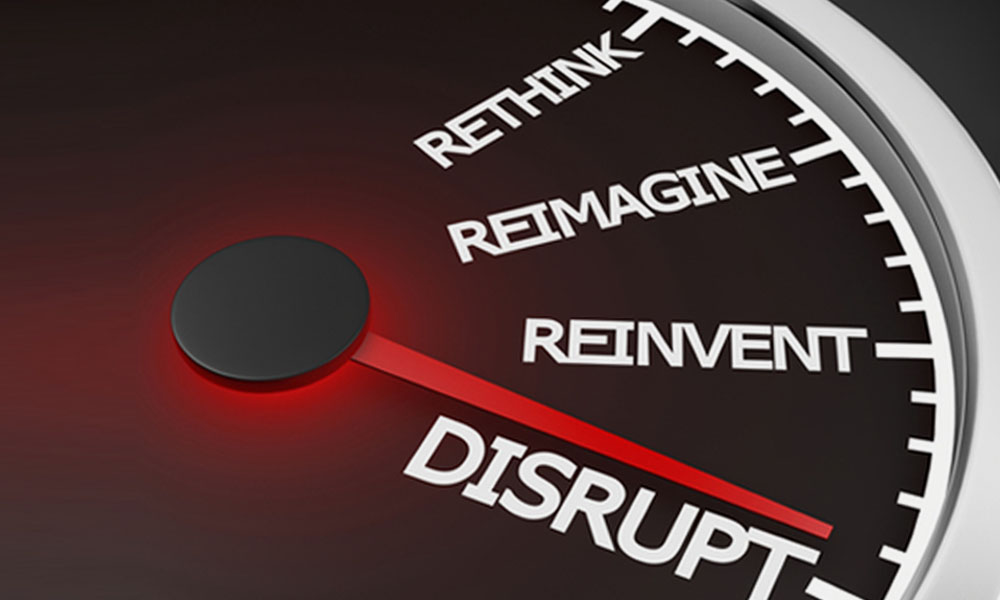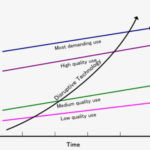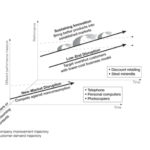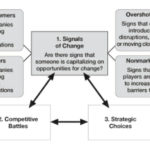Harvard Professor Clayton Christensen fathered the term disruptive innovation in 1995 whilst collectively and insightfully studying and evaluating case studies across the telecommunication, healthcare, technology, consumer goods and electronic industries. The tenets of disruption are very much evident and at the core of his book (one of my favourites) titled Seeing Whats Next: Using The Theories of Innovation To Predict Industry Change. When I talk to many whom are not conversant with the term, they are often caught off-guard and hold trepidation about the word ‘disruptive’ as the connotation here is that it is implicitly tied to something that causes havoc, chaos and is one that instigates trouble and prevents something from progressing. However, we must appreciate this contextually in the domain of business enterprises and innovation theory wherein the premise of disruption is to essentially create a new market and value network and eventually de-stabilise an existing market and value network; resulting in a displacement of established market-leading firms, products and alliances. Referencing Christensen, note that:
“Generally, disruptive innovations were technologically straightforward, consisting of off-the-shelf components put together in a product architecture that was often simpler than prior approaches. They offered less of what customers in established markets wanted and so could rarely be initially employed there. They offered a different package of attributes valued only in emerging markets remote from, and unimportant to, the mainstream.[15]”
So what does this mean and how can you understand it in the context of existing markets, consumers, processes, resources and values in a firm? What are the key elements that you can group together under the subsets in order to comprehend its directive and solidify an outlook towards the future?
To answer that, we need to quickly define the consumption contexts. Citing the book I referred to above, note the following consumption contexts are required to be understood before truly understanding how the signals of change and disruptive innovation takes hold. This is the focal point when trying to understand the nature of consumption, which is important when looking at disruption as that is what you are addressing i.e. the following subsets:
- NON-CONSUMERS: Customers NOT consuming and product OR consuming only on inconvenient settings.
- UNDERSHOT CONSUMERS: These consumers are consuming BUT are frustrated with its limitations and are willing to pay incrementally more for additional product features and product augmentation along dimensions that matter most to them
- OVERSHOT CONSUMERS: These are customers who stop paying for further improvements in performance that historically had merited attractive price premiums.
In essence, disruptive innovations look at exploiting the growth potential by bringing non-consumers into the consumption context. To give a bit more context into the matter, note the below excerpt:
Nonconsumers exist when characteristics of existing products limit consumption to people who have significant financial resources or specialized skills or training. Nonconsumers have a job they need to get done. But they are left on the sidelines, unable to achieve the outcome they desire satisfactorily. No existing market offering is designed to serve them. What can they do? They either pay professionals to provide the service for them, or do the best they can to cobble together a solution from existing products and services.
So with that said, its important to understand that to be truly disruptive is to create products and services that were non-existent and only manifested when specialisation came into play. You need to bring new value propositions and totally shake up the core of the industry you are entering. This may mean partnering with other like minded firms or competitors for the purpose of pursuing market growth, revenue, cost sharing or intellectual property sharing. The premise here is fundamentally rooted on open innovation models and this is especially important in this day and age of integration and where emergent strategy dominates across, within and beyond organisational systems.
In a future article, I will delve deep into the signals of change and outline some toolsets on how you can assess whether an industry is ripe for disruption. Please check out the images below courtesy of Clayton Christensen’s book wherein this can then be put into diagramatic perspective (after all – some of us learn better visually right)!






Good recieved blog post! mate no doubted liked looking at the wicked blog post! lots A really well constructed post. Thanks very a lot for posting this. Also, I wish to level out that youve a superb theme to your blog! Sustain the good work!